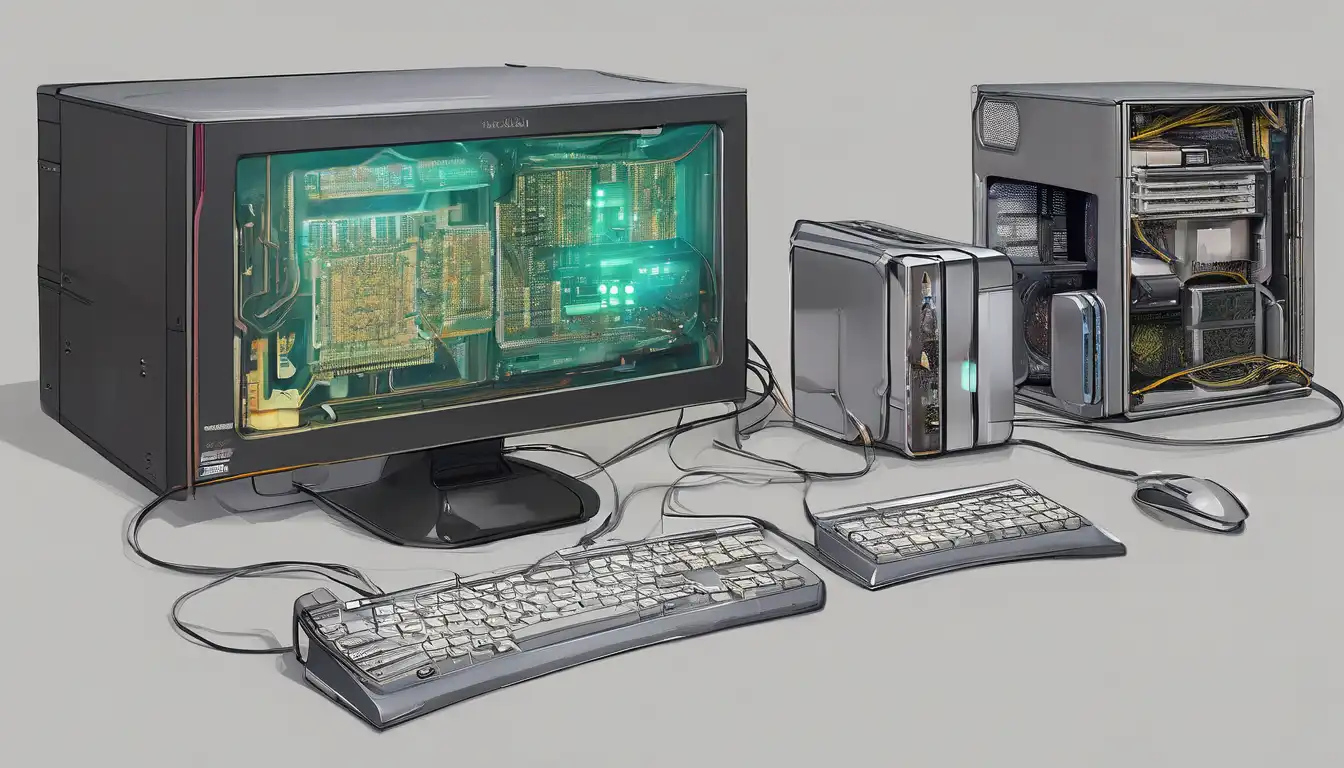Revolutionary Advances in Computer Hardware Technology
The landscape of computer hardware is undergoing unprecedented transformation, with innovations emerging at an accelerated pace. From quantum computing breakthroughs to AI-optimized processors, the latest developments are reshaping how we interact with technology. These advancements promise to deliver exponential improvements in performance, efficiency, and capabilities that were once considered science fiction.
Next-Generation Processors and Computing Architecture
Modern processors are evolving beyond traditional silicon limitations. Chip manufacturers are pushing boundaries with 3D stacking technology, heterogeneous computing architectures, and specialized AI accelerators. The latest CPUs integrate neural processing units (NPUs) directly alongside traditional cores, enabling real-time machine learning capabilities without sacrificing general computing performance. This architectural shift represents a fundamental change in how processors are designed and utilized.
Quantum computing hardware has made significant strides, with companies developing more stable qubits and error-correction mechanisms. While still in experimental stages, these systems show promise for solving complex problems in cryptography, drug discovery, and climate modeling that are beyond the reach of classical computers.
Memory and Storage Innovations
The memory hierarchy is being reimagined with new technologies that bridge the gap between volatile and non-volatile storage. Storage-class memory (SCM) offers near-DRAM speeds with persistent storage capabilities, potentially eliminating the traditional separation between memory and storage. This innovation could revolutionize how operating systems manage data and applications access information.
Solid-state drives continue to evolve with PCIe 5.0 interfaces delivering unprecedented transfer speeds exceeding 14,000 MB/s. The adoption of QLC and PLC NAND flash technology increases storage density while maintaining reliability through advanced error-correction algorithms. These advancements make high-capacity, high-performance storage more accessible than ever before.
Graphics and Visual Computing Breakthroughs
Graphics processing units have transcended their original purpose, becoming essential for AI training, scientific computing, and real-time ray tracing. The latest GPUs feature dedicated ray tracing cores and tensor cores optimized for AI workloads. Real-time path tracing, once considered impossible for consumer hardware, is now achievable with current-generation graphics cards.
Display technology continues to advance with microLED displays offering superior brightness, contrast, and energy efficiency compared to traditional LCD and OLED panels. High-refresh-rate monitors with adaptive sync technology provide smoother gaming and video experiences, while VR headsets benefit from higher resolution displays and reduced latency.
Networking and Connectivity Evolution
The transition to Wi-Fi 7 brings multi-gigabit wireless speeds with improved latency and reliability. This technology utilizes multiple frequency bands simultaneously, providing more stable connections in congested environments. For wired connections, 25GbE and 40GbE networking are becoming more accessible for enterprise and prosumer markets.
Thunderbolt 4 and USB4 standards continue to converge, offering universal connectivity with high-speed data transfer, video output, and power delivery through a single cable. These standards simplify device connectivity while providing bandwidth capable of driving multiple high-resolution displays and fast external storage.
Cooling and Power Management Solutions
As component power densities increase, innovative cooling solutions have become essential. Liquid cooling systems have evolved from exotic enthusiast solutions to mainstream options, with all-in-one coolers offering efficient thermal management for high-performance components. Phase-change cooling and immersion cooling technologies are gaining traction in data centers where thermal management is critical.
Power supply units have become more efficient with the adoption of gallium nitride (GaN) technology, enabling smaller, cooler-running units with higher power densities. Smart power management features allow systems to optimize energy consumption based on workload demands, reducing environmental impact while maintaining performance.
Emerging Hardware Technologies
Several emerging technologies show promise for future hardware development. Neuromorphic computing chips mimic the human brain's neural structure, offering potentially massive improvements in energy efficiency for specific AI workloads. Photonic computing, which uses light instead of electricity for data transmission, could revolutionize data center interconnects and high-performance computing.
3D chiplet architectures are becoming more prevalent, allowing manufacturers to combine specialized components in modular packages. This approach enables better performance optimization and cost efficiency compared to traditional monolithic chip designs. The hardware industry continues to explore new materials beyond silicon, including carbon nanotubes and graphene, which could enable further miniaturization and performance improvements.
The Future of Computer Hardware
The convergence of these innovations points toward a future where hardware becomes increasingly specialized and efficient. Edge computing devices will incorporate more AI capabilities directly into hardware, reducing reliance on cloud processing. Quantum computing, while still developing, may eventually complement classical computing for specific problem domains.
As we look ahead, the boundaries between different types of computing hardware will continue to blur. CPUs, GPUs, and specialized accelerators will work together in seamless heterogeneous computing environments. The ongoing miniaturization of components, combined with new materials and architectures, ensures that computer hardware will continue to evolve in unexpected and exciting ways.
These advancements not only improve raw performance but also enable new applications and experiences. From immersive virtual reality to real-time AI assistants, the latest hardware innovations are building the foundation for technologies that will transform how we work, communicate, and interact with the digital world. The pace of innovation shows no signs of slowing, promising even more remarkable developments in the years to come.
